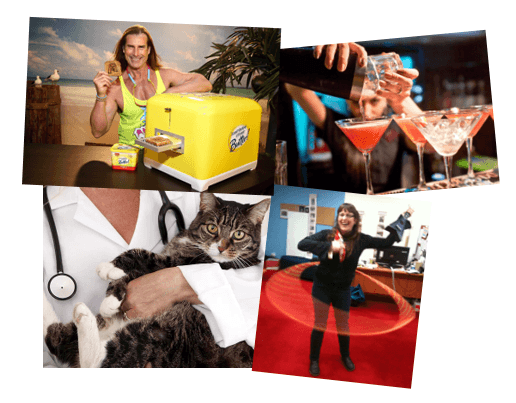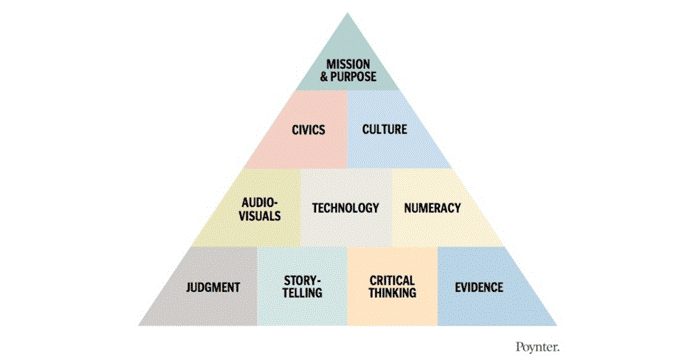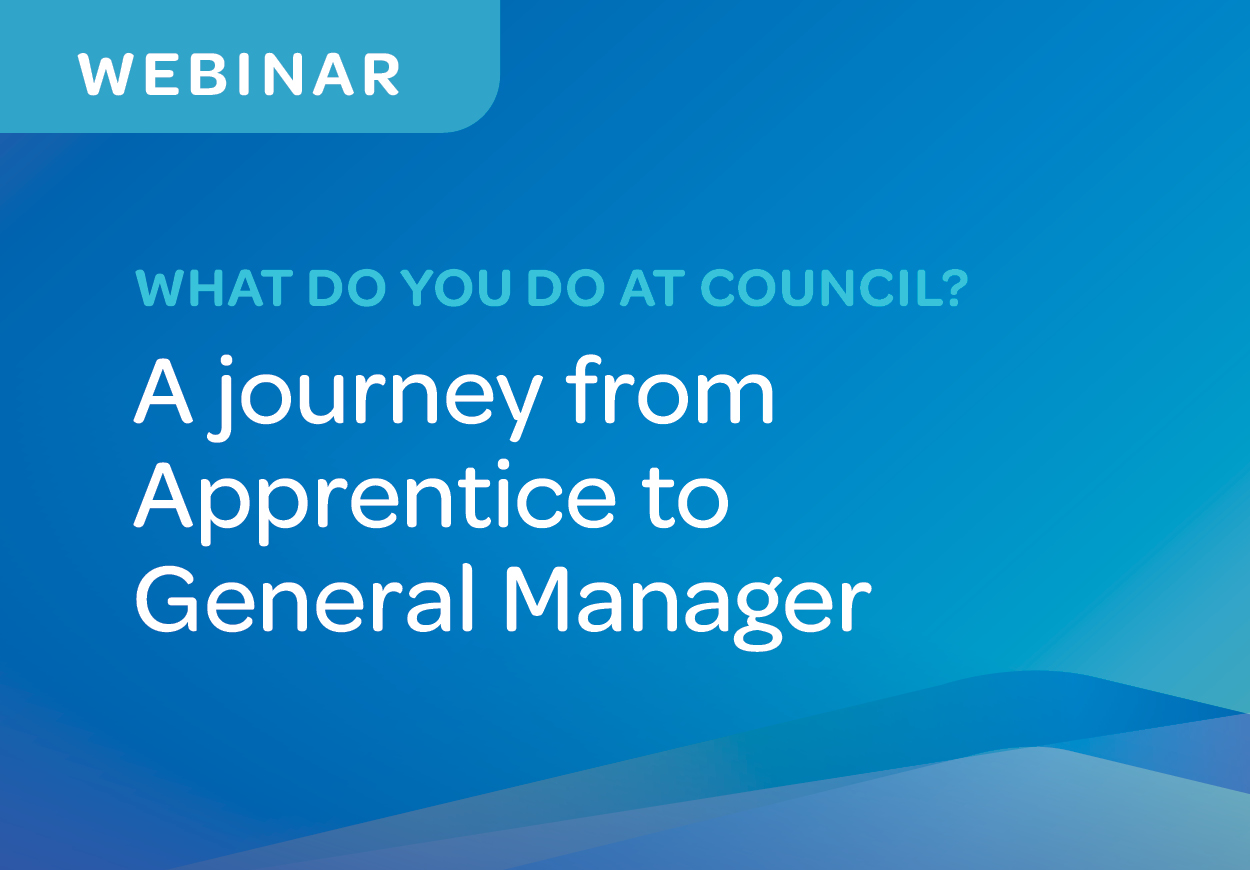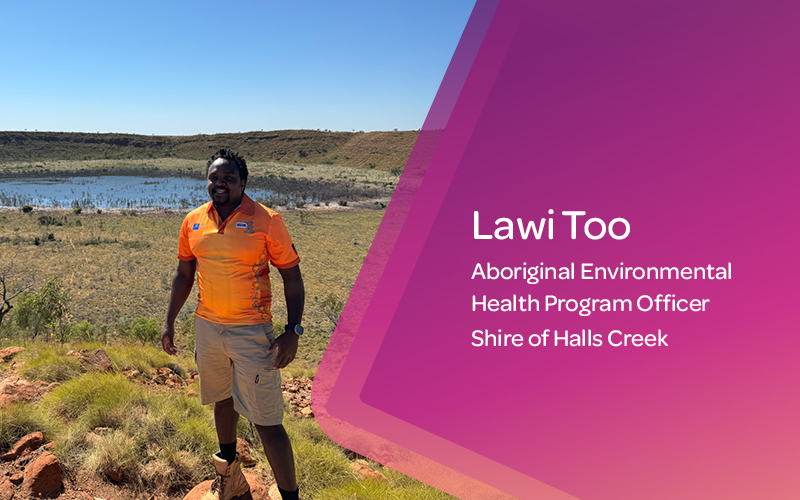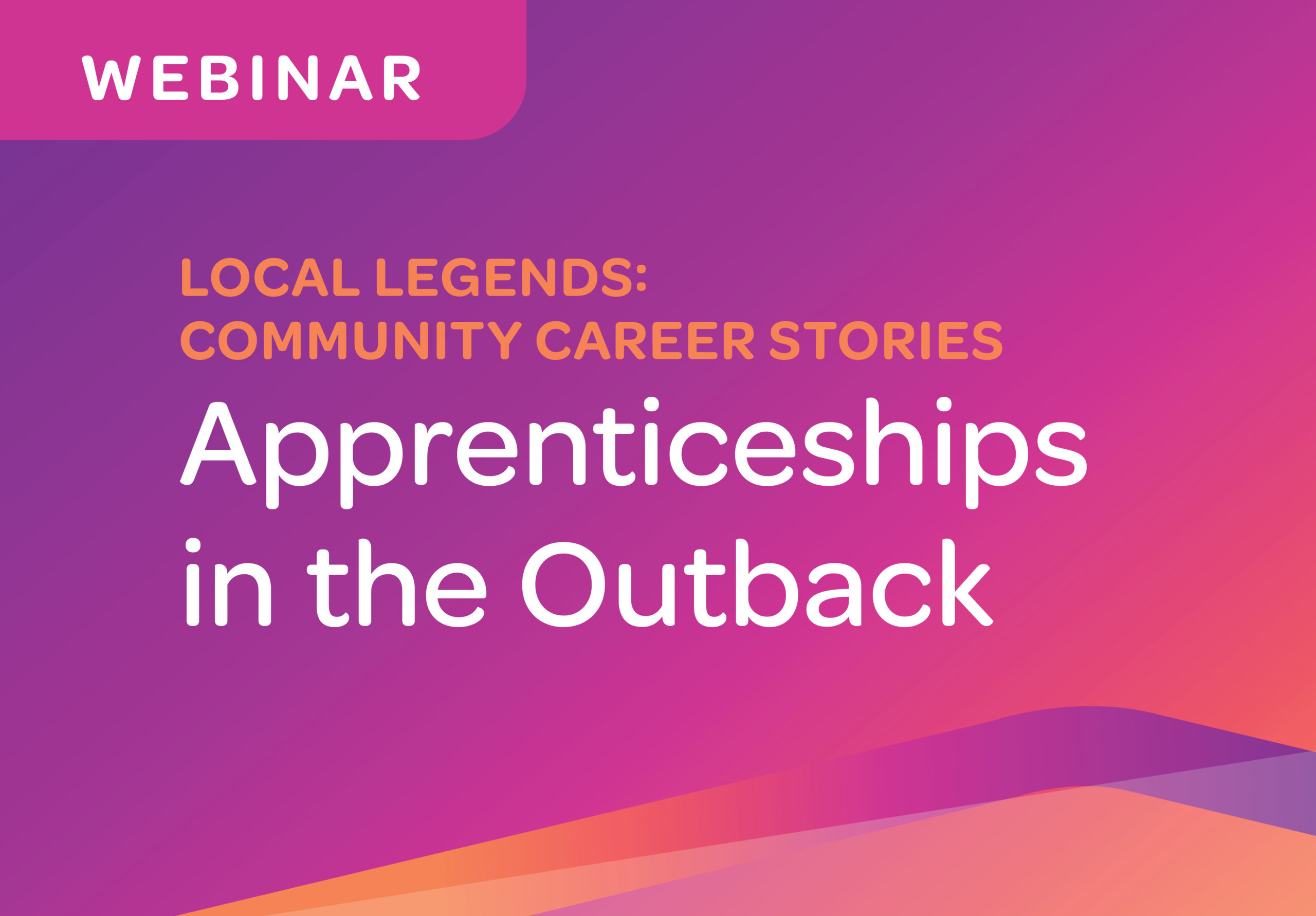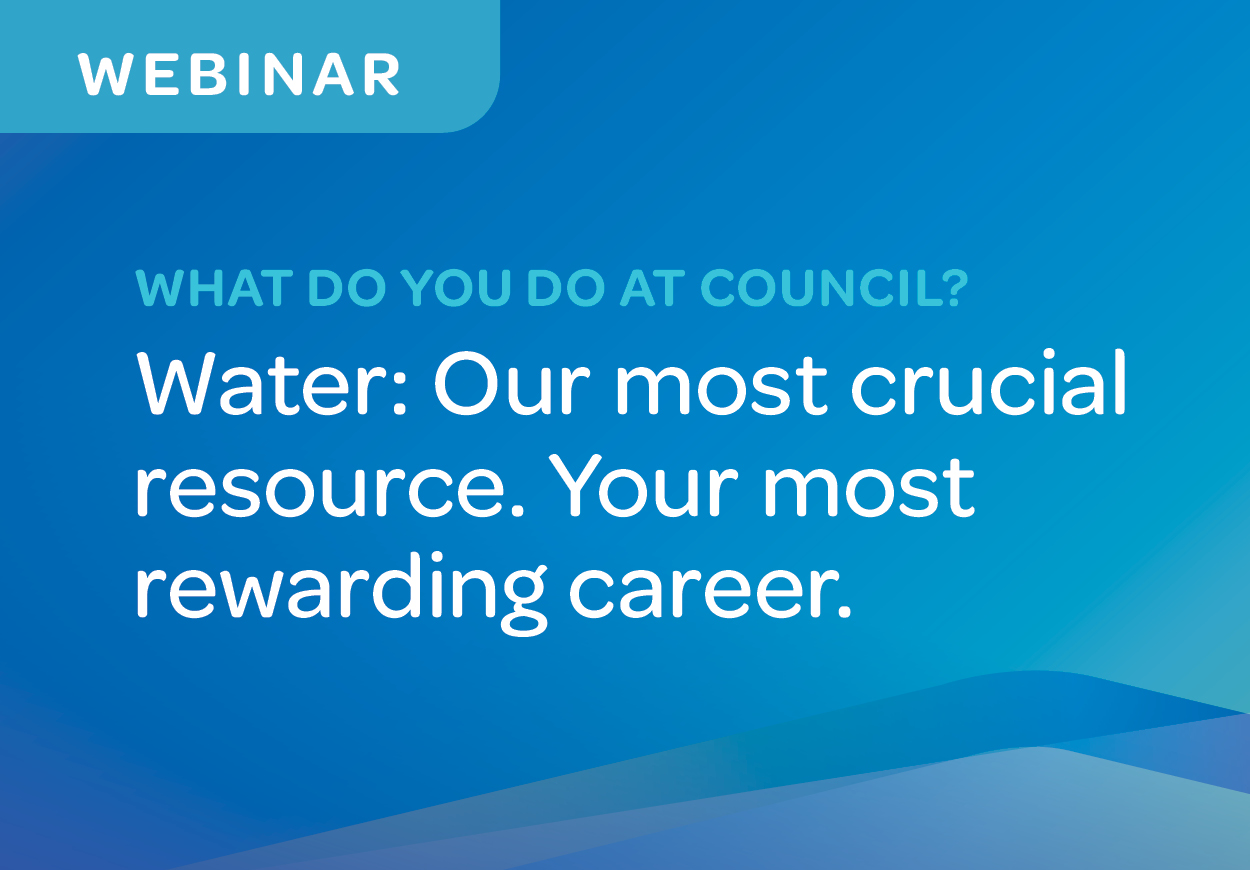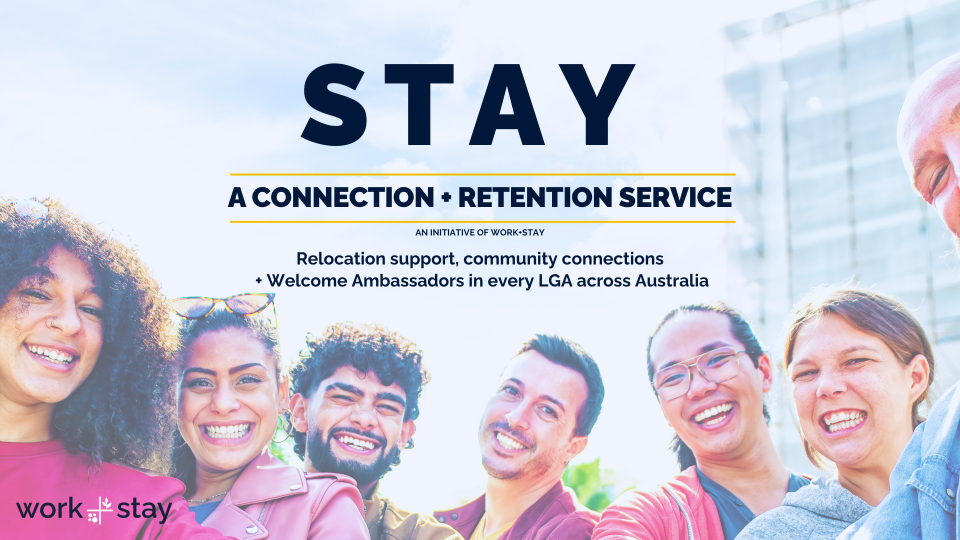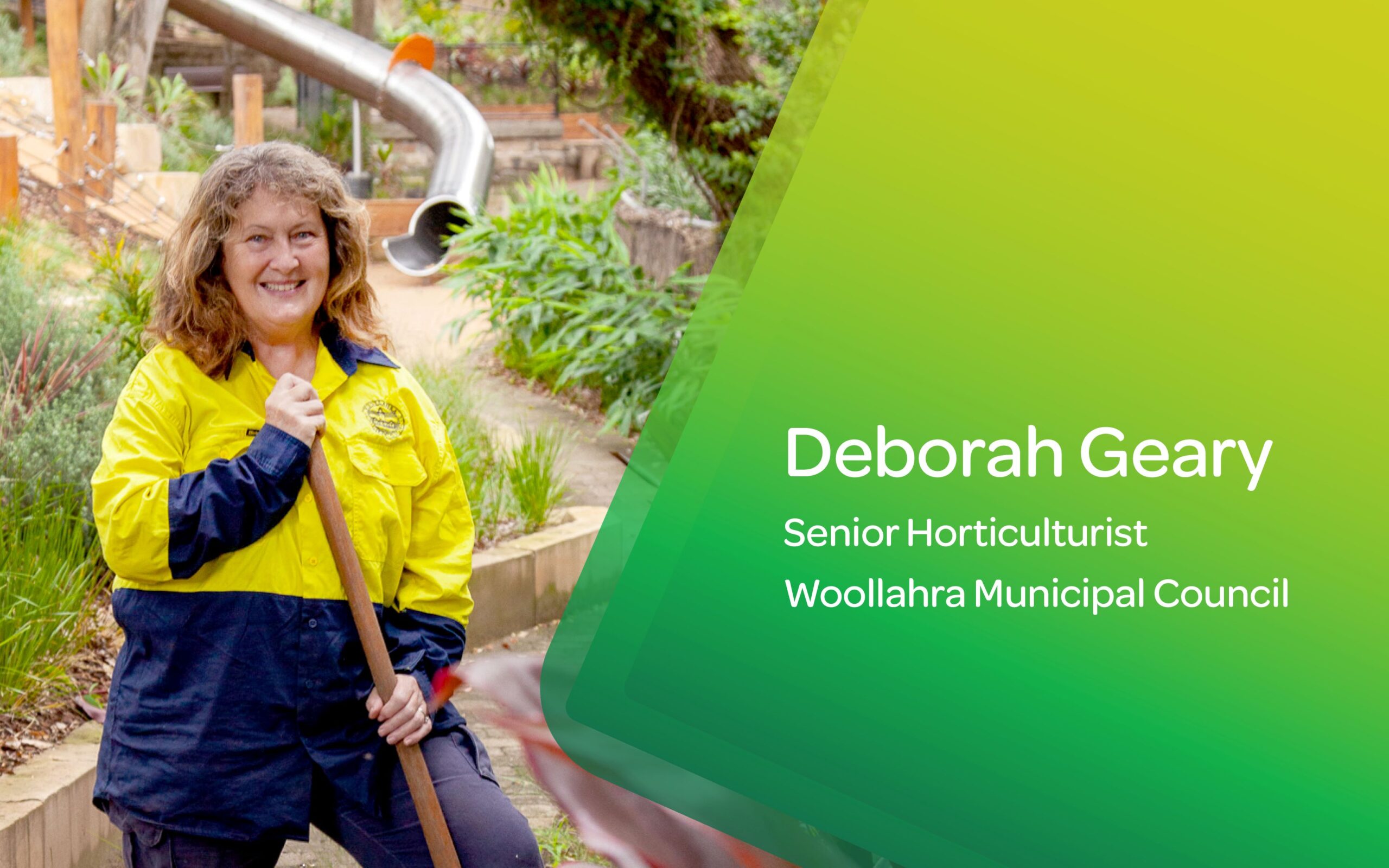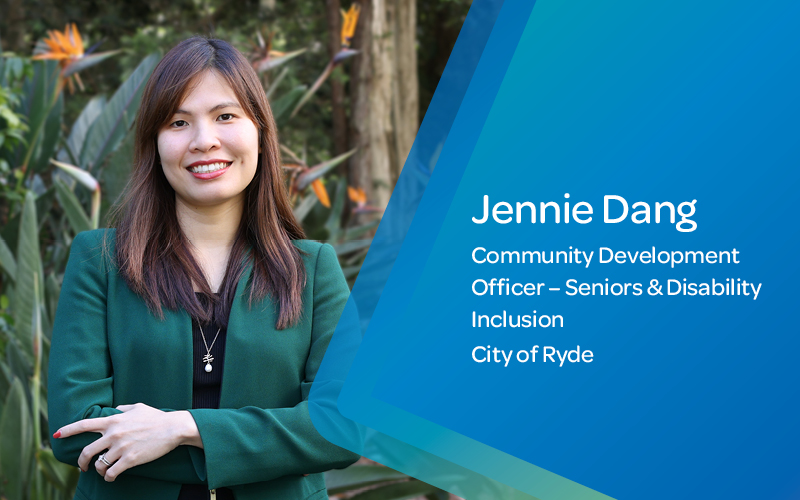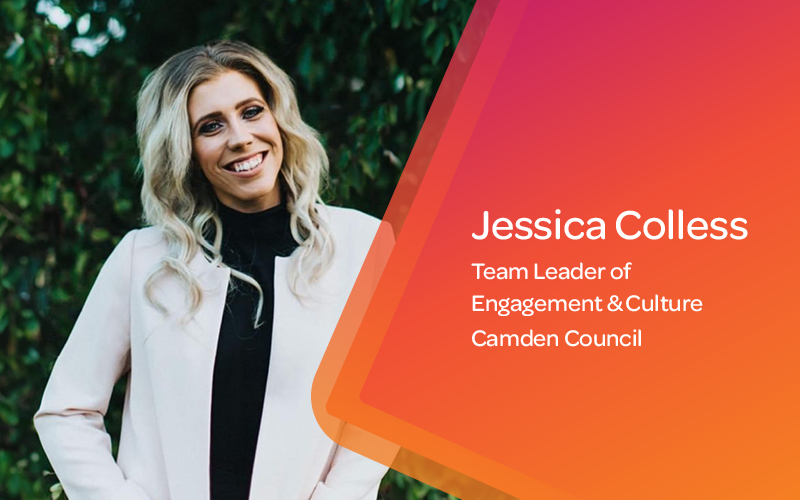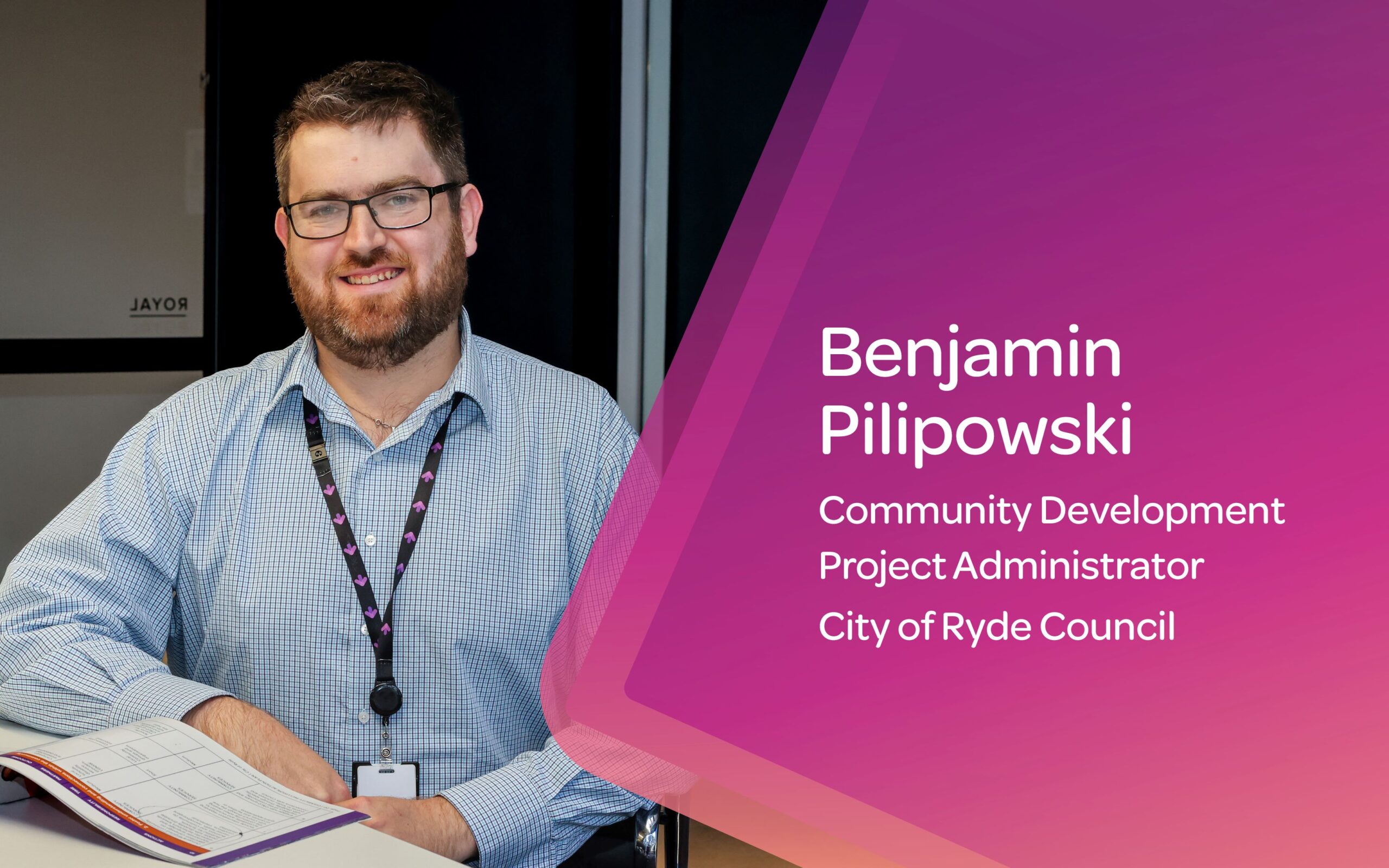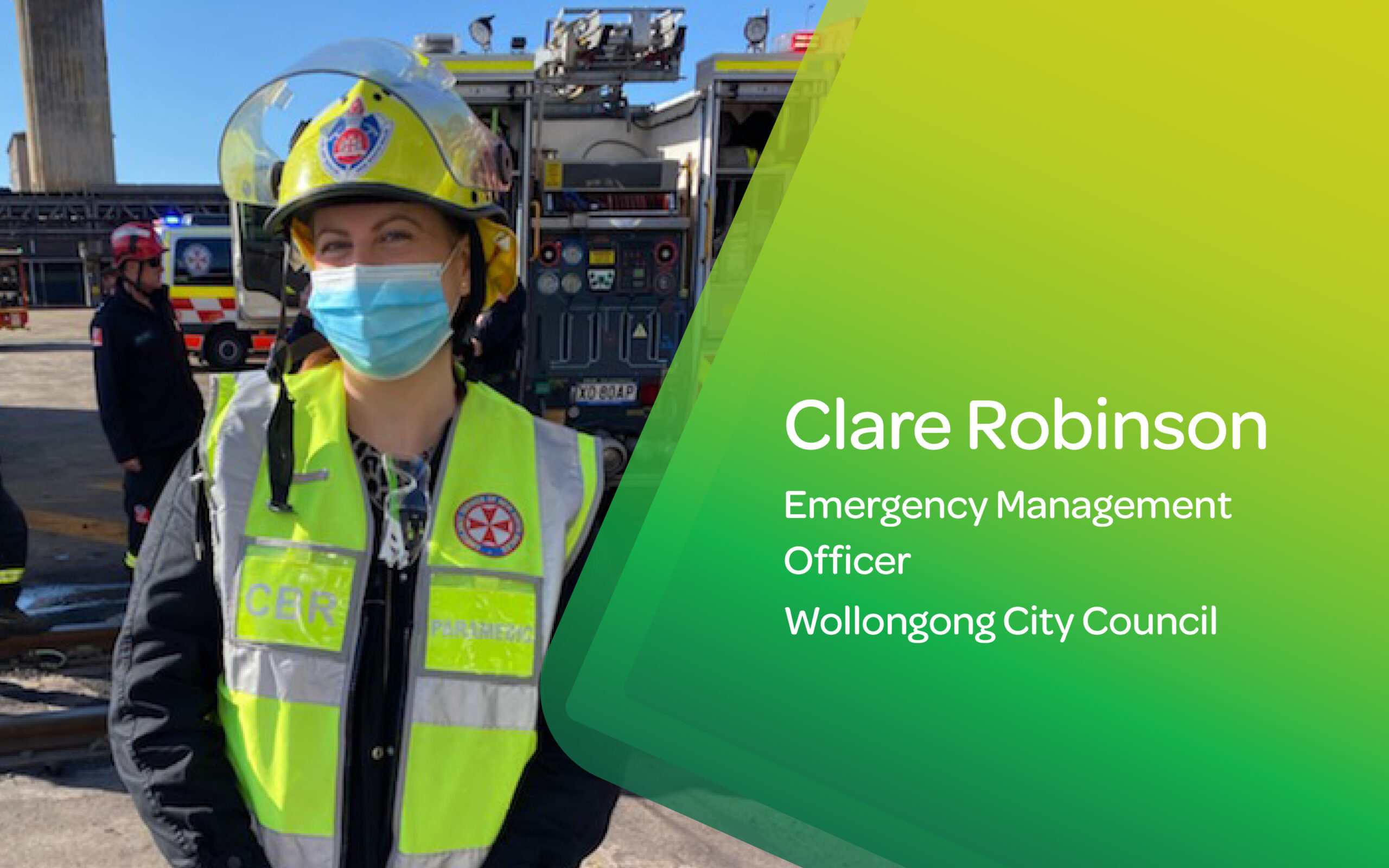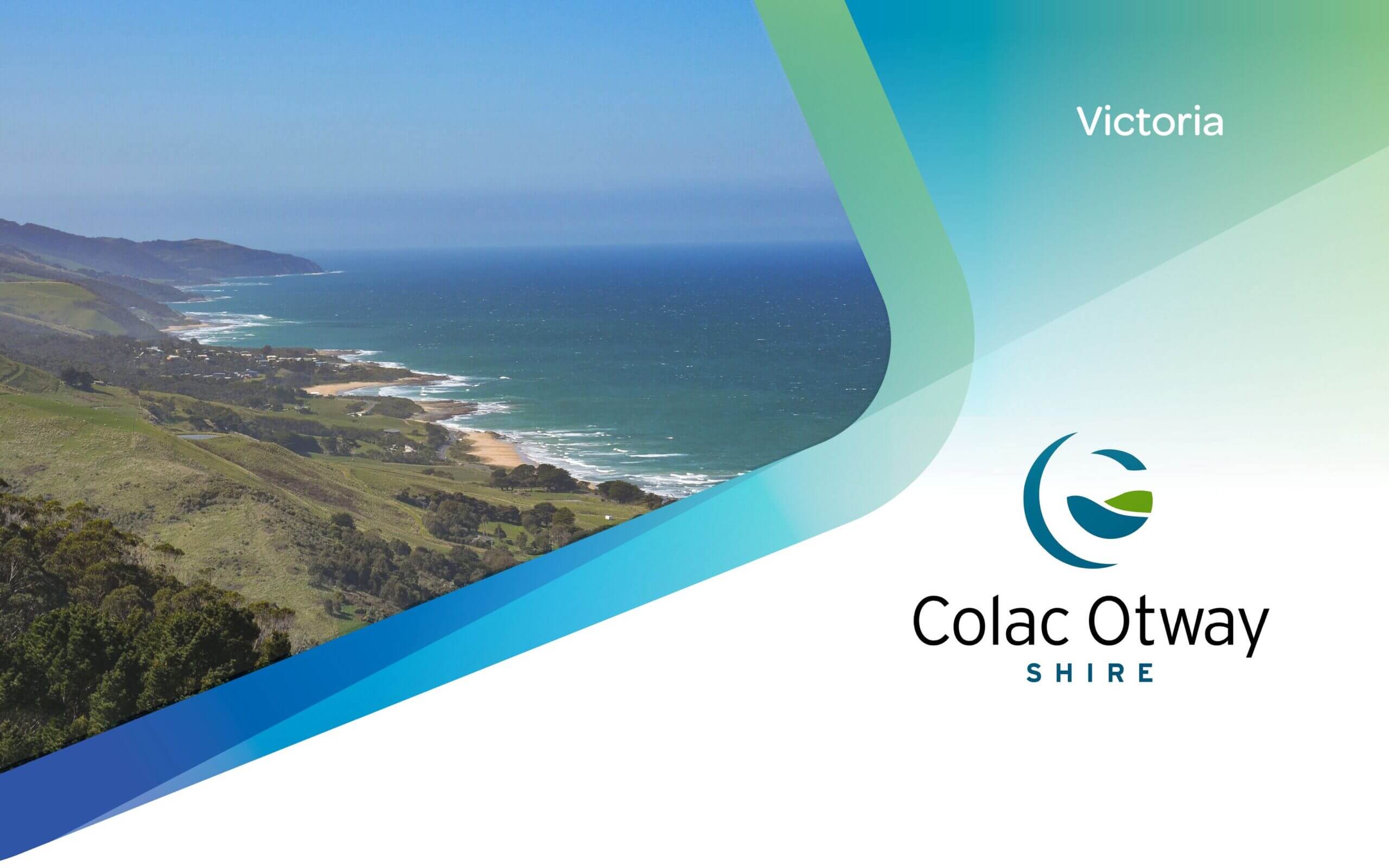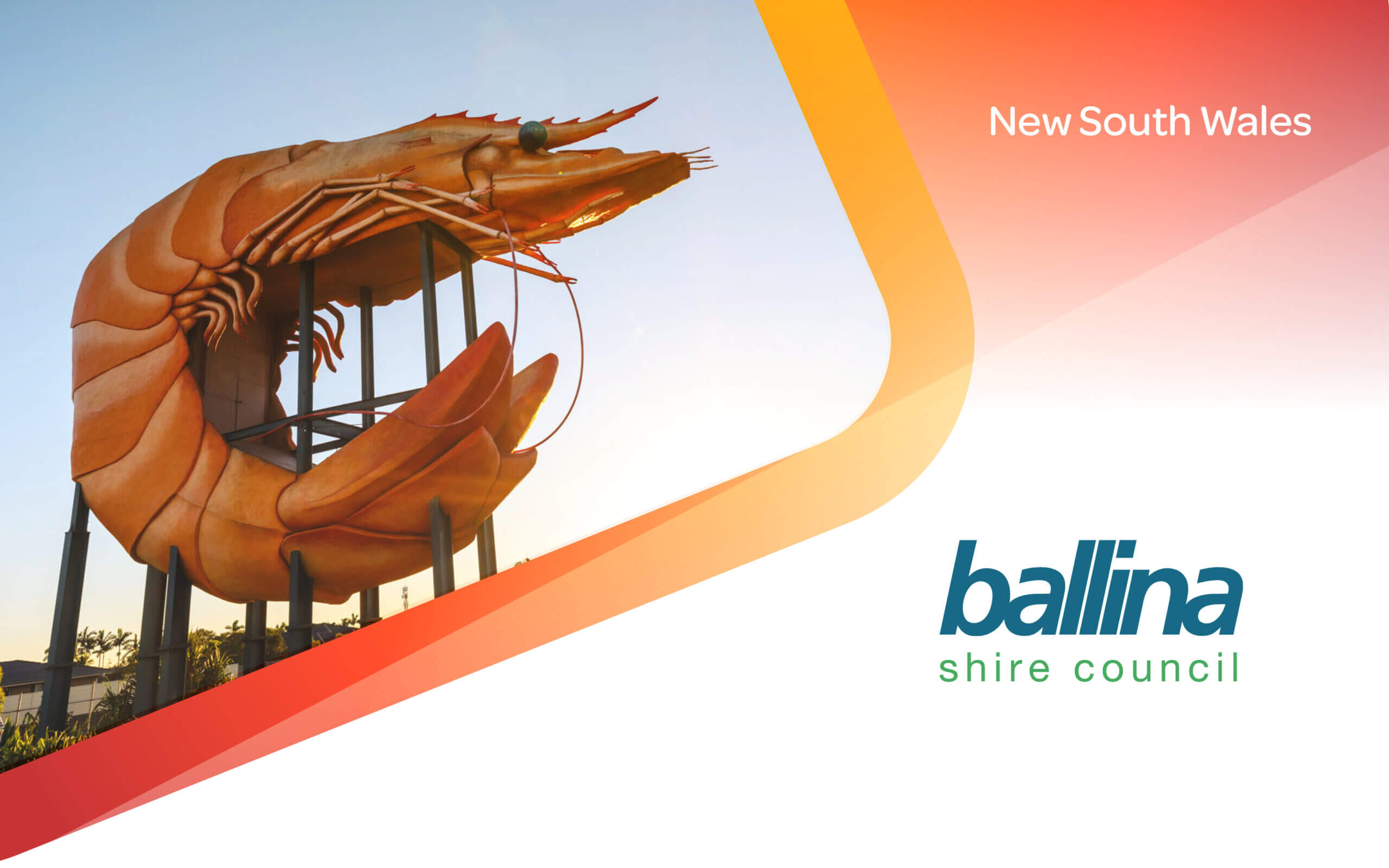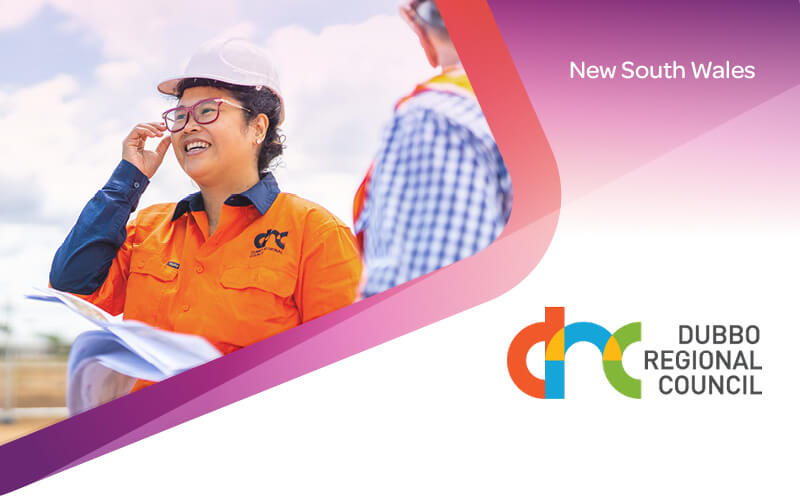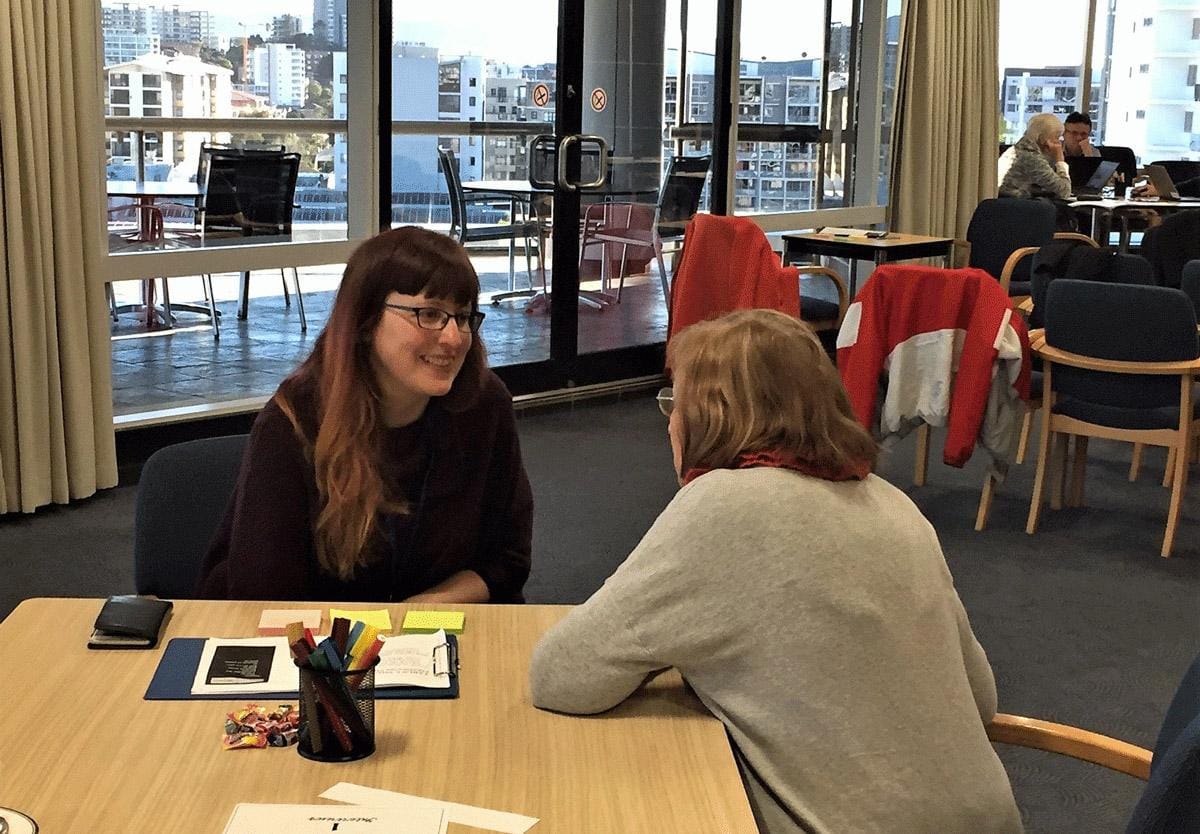
This year, I celebrated my 5-year anniversary as a Wollongong City Council employee. It’s been quite an adventure! Over the last couple of decades, I’ve worked as a:
- Bartender
- Co-director of a company planning events like the Big Day Out music festival and Australian launch of ‘I Can’t Believe It’s Not Butter’ with Fabio (his hair was perfect!)
- Vet nurse
- Circus performer, stage manager and primary school circus-skills teacher and spent 5 years in Arts marketing, publicity and education at Merrigong Theatre Company
All of these experiences – dealing with people across a range of situations and emotions – gave me a grounding and comes in very handy in my current role of community engagement!
This is Poynter’s Pyramid of Journalism Competence. It shows what journalists today need to be good at and aligns with the skills required in community engagement. You need a mix of specialisations – both face-to-face and digital – but also an ability to digest technical information and share it in ways people will understand.
What does all this have to do with why I work in community engagement?
I graduated from Wollongong University in December 2018 with a Bachelor of Communication and Media, and have always been really interested in people and their stories.
I’ve worked at Wollongong for just over 5 years, mainly in community engagement, but with a few stints in the Media team, most recently as a Digital Communication Officer. I see myself as a conduit between the community and Council – giving a voice to the community and helping build trust and confidence. Broadly speaking, I share Council’s stories to involve the community in our plans and projects, but also bring community stories back to Council to inform decision-making.
Council spends a heck tonne of money delivering a heck tonne of infrastructure projects (I’m pretty sure ‘heck tonne’ is the standard unit of measurement!). We’re really good at identifying what needs to be fixed or built, but getting community feedback hasn’t always been a consideration early enough in the planning stages. Our communities need us to take more than a ‘business as usual’ approach – they want details – and our designers, planners and engineers need to be able to provide this. If we don’t, they’ll seek it out elsewhere and possibly end up finding information that’s incorrect, irrelevant or misunderstood.
An engagement role was created specifically for Council’s infrastructure division in mid-2018, and I was lucky enough to land it. A main focus has been on bringing people along on the journey from the beginning, because this approach gets us and the community better outcomes. Both community and stakeholders are a valuable resource when we combine to solve problems. By understanding experiences, and combining local knowledge with expert knowledge, we end up working smarter, not harder.
I feel I’m making a real difference to the lives of people in my community by arming them with tools and knowledge to participate in decision-making processes. While there are everyday procedures in my role, there’s also freedom to come up with creative ways to engage people.
For example, I work with our Floodplain and Stormwater team on risk management. These conversations can be challenging – many have experienced the terrible impact of flooding and the disruption it causes. Some would like us to stop floods altogether, but harnessing Mother Nature isn’t a superpower we currently have at Council, so often it’s my job to deliver that message. To have these conversations, everyone needs an understanding of why our city floods as it does, so I can explain what Council is doing to reduce the impact. This gave us an opportunity to launch a community education project, so I collaborated with a production company and floodplain engineers to produce an animated video called Flooding in Wollongong.
The video explains flood behaviour and risk in our region, plus some of the measures Council are implementing. It uses plain English, has subtitles for people who are deaf or hard-of-hearing, and targets community members who may not respond to material such as brochures, newsletters and questionnaires. To broaden its reach, we also had the subtitles and audio translated into Arabic and Mandarin, two of the most commonly-spoken languages in our city. The videos are screened regularly at information sessions, on social media, at schools and in the foyer of our customer service building. It’s made it easier to talk about flood risk, because people now better understand the complexities involved.
For me, community engagement is a valuable opportunity to listen and learn about people’s experiences, see things from new perspectives, share insights and knowledge, and draw on this learning to help develop myself, both professionally and personally.

